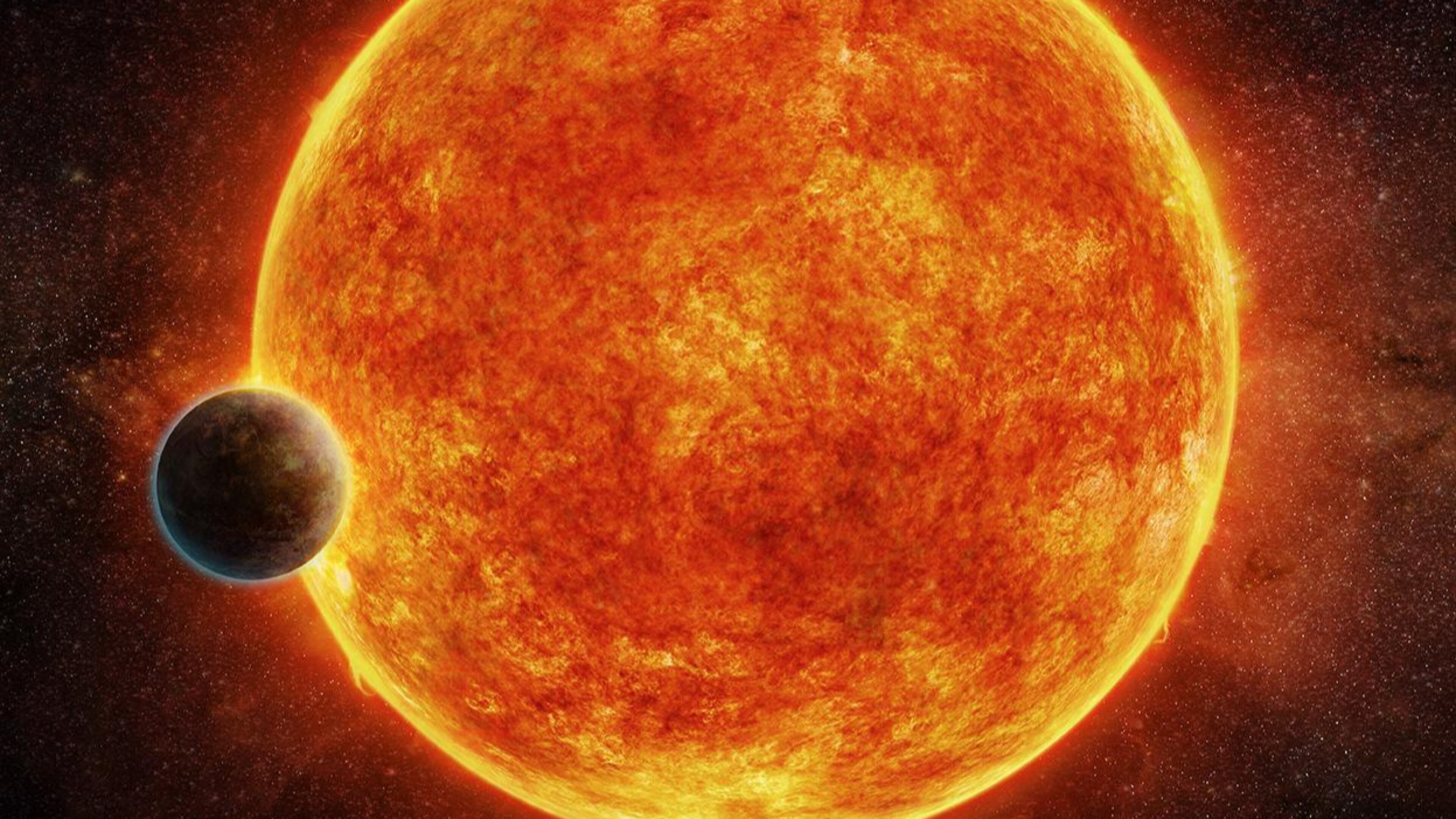Jumbo Earthlike planet might have water and life, close enough to study

Scientists have discovered another Earthlike planet in a nearby solar system just 39 light years away.
The rocky, super-sized planet, named LHS 1140b, is inside the habitable zone, or Goldilocks Zone, orbiting a red dwarf star with an average temperature that could support liquid water.
The planet is almost seven times larger than Earth and about 11,000 miles in diameter, according to a new study published in the journal Nature.
"This is the most exciting exoplanet I've seen in the past decade," lead study author Jason Dittmann of the Harvard-Smithsonian Center for Astrophysics (CfA) said in a statement.
"We could hardly hope for a better target to perform one of the biggest quests in science − searching for evidence of life beyond Earth."
Researchers discovered the planet using the transit method, which measures how much light a potential planet blocks as it crosses in front of a star.
Scientist believe that 1140b could be close enough that newer telescopes now under construction might be able to search for specific gasses, like oxygen, in the future.
Thousands of exoplanets in thousands of planetary systems have been discovered so far, and potentially habitable planets have also been found.
NASA announced the discovery earlier this year of seven Earth-sized planets in the habitable zone orbiting a star called TRAPPIST-1, but more study is needed to see if they could support life.


